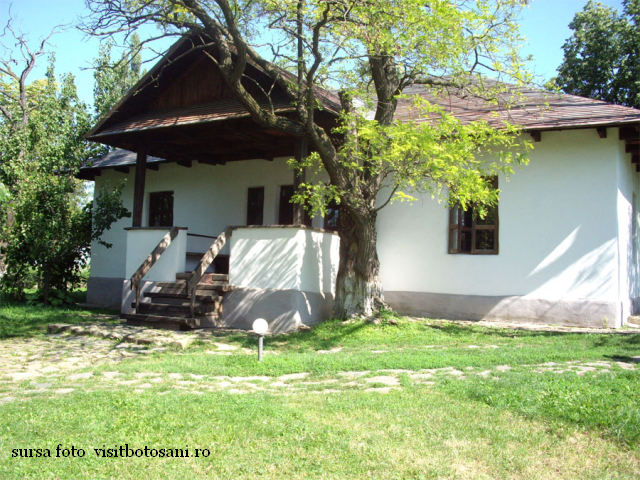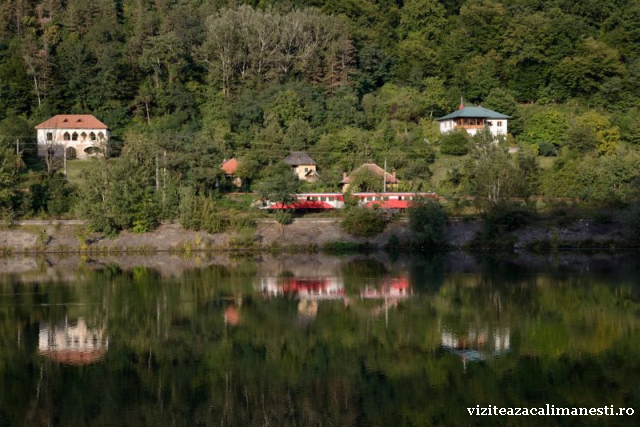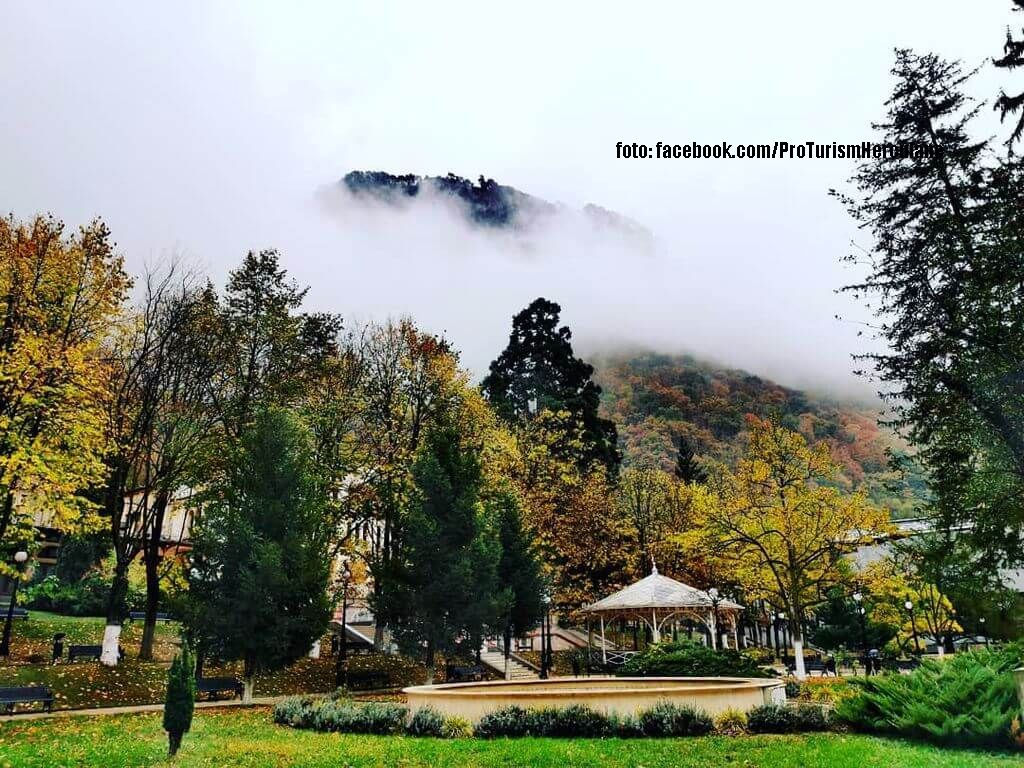Botosani, a Cultural Route
The culture and tourism route 'Traditional Crafts and Craftsmen in Romania' covers the counties of Suceava, Maramures, Neamt, and Botosani

Daniel Onea, 26.01.2023, 02:15
The culture and tourism route Traditional Crafts and Craftsmen in Romania covers the counties of Suceava, Maramures, Neamt, and Botosani. It was launched in late 2022 by the Ministry of Entrepreneurship and Tourism in Romania. Today we can discover Botosani, the city, through its ancient traditions, but also its rich history. Our guide today is Florentina Gheorghita, director of the National Center for Tourism Information and Promotion.
“This route puts end to end all the counties where there are traditional crafts and craftsmen, and, of course, we could put Botosani County among them. We can recommend first time visitors to first go to Ms. Aurica Cojocarita, who is considered a living treasure for her treatment of fabrics. Botosani County also stands out thanks to the Iachinschis, with tradition in Kuty ceramics. We have craftsmen all over the county covering the entire gamut of traditional crafts: painting, religious icons, dolls made of corn husks, March amulets, basket weaving, embroidery, fabrics, masks that are traditional in the north, peasant leather shoes, fur hats, or the traditional painted Easter eggs. We still have craftsmen who weave wool carpets. For instance, the Ivanusca family weaves woolen carpets with no artificial coloring, just based on the shade of the wool, white, gray, or black. We also have traditional woodwork, such as dolls in traditional clothing that represents our traditions.”
The tourists who go on this route can visit the skilled artisans at their home in order to try to fathom some of the secrets of their crafts. In the city of Botosani, Florentina Gheorghita recommends a visit to Mr. Iacinschi:
“His ceramics workshop receives continuously visitors, they want to see how the clay is processed, how it is tinted, how you go through the seven stages of getting the finished object. The National Center gets the tourists in touch with any of the artisans. Most of them work at home, and everyone is welcome to go there and see the work. For instance, Mr. Ivanusca has a section where he teaches children at the Traditional Art School, so you can go straight there. Also, the Ethnography Museum holds all the time crafts workshops for kids and tourists.”
There are many events to promote traditional arts and crafts. Florentina Gheorghita invites us to Botosani between April 18 and 19, when they hold workshops for painting eggs. The program, however, is much richer:
“In the weekend between April 21-23, you are invited at a traditional crafts fair, for Botosani City Days. We also have the March amulet festival in Dorohoi. All these events will be announced. There are many of them, and unfold throughout the year. So events are available every month for anyone who wishes to take part. August is a month in Botosani for traditional music. When a tourist arrives, we ask what kind of tourism they want to do in the city. Some may want to see the history part, some the traditions side, some the ecumenical, depending on preference. We propose some circuits, we try to optimize the movement in the city or the county. We offer free guides in the city of Botosani. Every time tourists ask us about going further, to Iasi, or Suceava, or Neamt, we always offer our best information, and put them in touch with our colleagues in the information centers in surrounding counties.”
Any visit to Botosani may start in the historic center. There you can see many buildings from the 17th and 18th centuries. Florentina Gheorghita told us that they have all been renovated.
“We are inviting families with children, because Botosani is a county that has given the world many geniuses, it has a lot of memorial houses, starting to the big four of the county: Mihai Eminescu, George Enescu, Stefan Luchian, and Nicolae Iorga. In addition to them, we also have many other interesting objectives. We also recommend Monastery Road, linking a constellation of monasteries, starting with Vorona and ending in Cosula, which stands out by its special yellow paint, which has the same name. We also recommend entertainment tourism. We have the Cornisa entertainment park, 48 hectares. Here you can do winter sports. We have a covered pool and an outdoor pool, and a covered skating rink. We also have water slides, as well as a rafting river, unique in Romania, as well as a large lake for boat and water bicycle rides. We have many nature reserves, and we recommend the Tisa reservation. Of course, we also recommend the town of Dorohoi, where there is a special museum of natural sciences.”
If you choose the Traditional Crafts and Craftsmen in Romania route, you can always combine forms of tourism. The closest airport is Stefan cel Mare International Airport in Suceava. It is only 30 km away from the center of the city, and there you can put together a proper vacation at the tourism center.






























